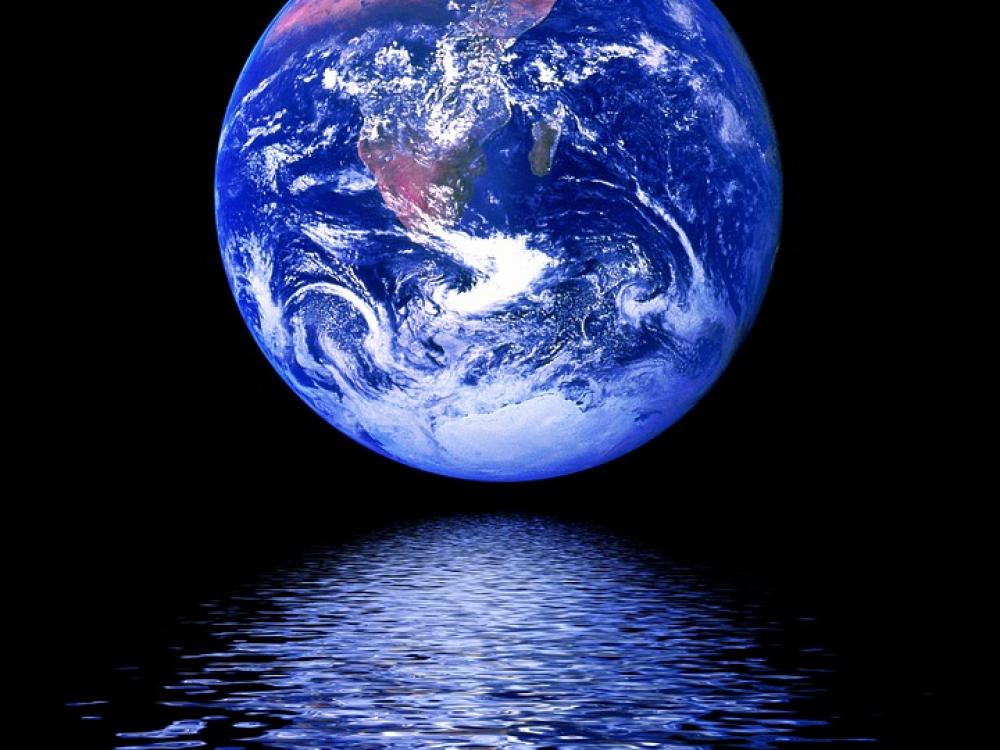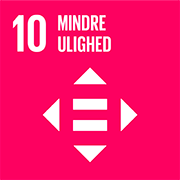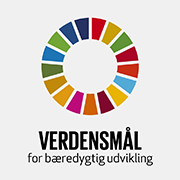
Udarbejdet af Sarah Louise Bue Lund.
This course aims to introduce the students to a new genre, cli-fi. In part one, the students learn to identify traits of the genre and the course provides them with a language to discuss fiction that deals with climate change. In part two they train their analytical skills working with a short story, and they deepen their understanding of the genre, producing texts on their own. The overall goal of the course is also to get the students to reflect on the role of literature in the global pursuit of a sustainable future. .
Relation til bogen Bliver verden bedre?:
"Miljømæssig bæredygtighed og klima" s. 65-69 og "En bæredygtig fremtid" s. 81-89.
Relation til FN's Verdensmål for bæredygtig udvikling:
Verdenmål 13: Klima indsats
Verdenmål 14: Livet i havet
Verdenmål 15: Livet på land
Kernestof og centrale begreber:
Tekstanalytiske begreber og metoder til analyse af fiktive og ikke-fiktive tekster.
Væsentlige strømninger i britisk og amerikansk litteraturhistorie.
Ordforråd, herunder orddannelse og idiomer.
Et genremæssigt bredt udvalg af fiktive og ikke-fiktive tekster fra forskellige perioder.
Materialer:
Kimberly Christensen: Still Waters (attached under materials available for download).
The short story is taken for the anthology of climate fiction “2047 – Short Stories from our common future”: https://www.verdensmaalene.dk/materialesamling#skriftligt
Forløb
LÆR
This teaching material can be used in interdisciplinary projects in which English and subjects such as social studies, biology and geography collaborate on themes like sustainability, biodiversity or climate change. It is intended to cover 3-5 lessons of 90 minutes depending on how much time the students are given to write their own stories and how any other subjects come into play. The teaching material can be used for both A and B levels.
GØR
1. The students work individually, researching the following questions:
- Read about the anthology of short stories here https://2047ourcommonfuture.com
- What is a J-Pod Orca?
- What does it mean when a whale beaches itself?
- What is the 6th mass extinction?
2. The class reads the short story Still Waters by Kimberly Christensen.
3. The class works on the following questions in groups of 3-4:
- Retell the short story to a partner in 5 minutes.
- When and where is the story set?
- Make a characterization of Janie and Petra.
- Find a few examples where nature is described in the story and comment on the role nature plays.
- Is there hope for the future in the story? Think about the ending.
- What is the main theme? And does the short story have a message?
- Go back to the article about the genre cli-fi from part one of the course and the definitions of the genre that the class made. What makes this short story cli-fi? .
DEL
1. Discuss the group work in plenary.
2. Discuss the following questions in CL-circles. The teacher can ask one question at a time:
- In the story, Petra wants Janie to get better, to which Petra answers: ”From extinction? I don’t know how to get better from extinction.” Discuss how we should tackle the extinction of species emotionally.
- How does the idea of mass extinction make you feel?
- What can/should we do about it?
- What role can literature play in the preservation of endangered species?
3. The students write their own cli-fi short stories.


















